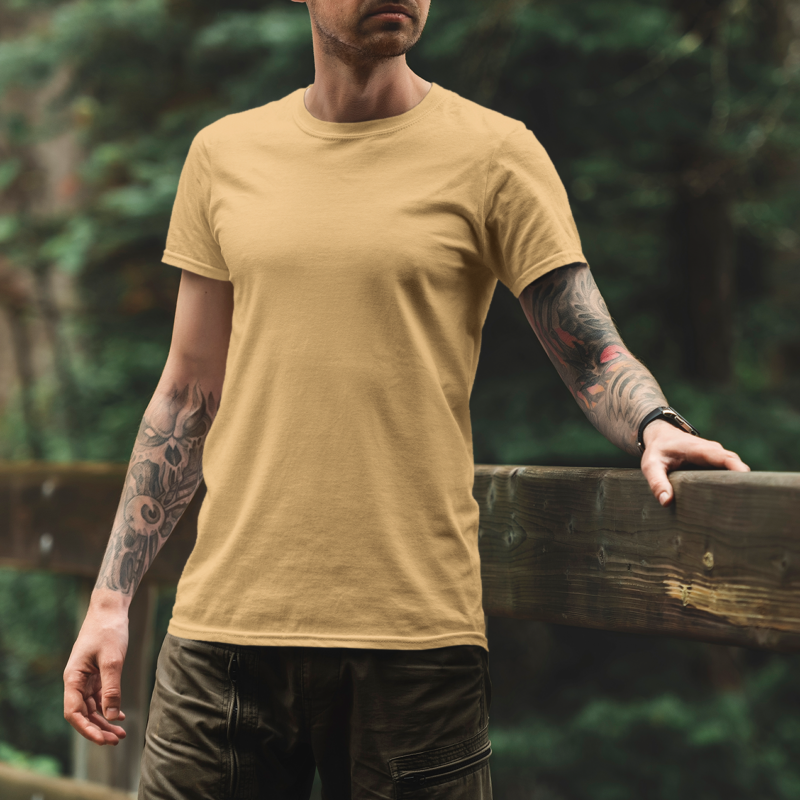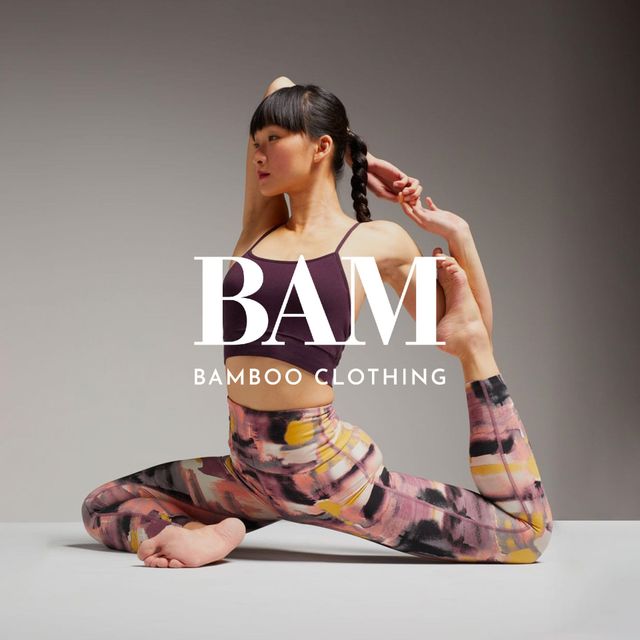Good Advice To Deciding On Bamboo Clothes
Wiki Article
How Is Hemp More Sustainable Than Cotton In Terms Of Water Use, Pesticides Or Herbicides?
Hemp is a much more durable crop than cotton for a variety of reasons.
Hemp- Hemp is well-known for its low need for water when compared to a variety of other crops, such as cotton. It's a drought resistant plant that grows with minimal water. Hemp is able to be grown in numerous areas with only rainwater, which makes it an efficient water source.
Cotton- Conventional cotton is notorious for its heavy water use. The cotton farming process is usually irrigated extensively, which can deplete water resources in the local area and cause water scarcity. The high water demand of cotton farming has raised questions about its sustainability.
Herbicides and Pesticides
Hemp: Hemp has a natural resistance to numerous insects. This reduces the requirement for synthetic pesticides. Even though some hemp plants may need minimal pest management methods to maintain their health The overall dependency on chemical inputs, including cotton, is much less than for other crops. The hemp plant can be grown almost pesticide free.
Cotton- Conventional cotton farming is heavily dependent on pesticides that are synthetic. Herbicides are also employed to manage the spread of weeds. These chemicals can cause negative environmental consequences, such as polluting the soil and water and harm to species that are not targeted as well as the development of pesticide-resistant bugs.
In conclusion, hemp is more environmentally sustainable than cotton in terms of pesticides or herbicides that are used, the use of water and irrigation.
Hemp is a plant that can be grown with minimal water, rainwater or irrigation.
Hemp is resistant to a variety of pests, diseases and fungi. This helps reduce the use of pesticides made from synthetic chemicals.
Hemp is usually grown using less herbicides and pesticides than conventional cotton.
It is also crucial to understand that environmentally-friendly practices and sustainable farming techniques may differ based on the area and the individual cultivators. Additionally, organic farming techniques further increase the sustainableness of hemp and cotton because they reduce the use synthetic chemicals as well as improve the health of the soil. When considering the environmental impact of textiles and clothing, choosing organic and sustainably produced fibers, be it hemp or cotton, can contribute to reducing the ecological impact of the fashion industry. Follow the most popular go to the website about hemp clothes for blog tips including organic hemp hoodie, hemp mens jeans, hemp wear, hemp yoga clothes, hemp denim, hemp work pants, patagonia hemp pants, patagonia iron forge pants, hemp t shirts wholesale, mens hemp trousers and more.

How Can Hemp Be Used To Improve The Carbon Sequestration Process And Sustainably?
Hemp fibers are a green choice in textile and agriculture production. They can help with carbon sequestration and sustainability.
Hemp grows quickly, maturing between 70 and 120 days, based on its variety and growing conditions. As part of their rapid growth hemp plants take in CO2 in the air during photosynthesis. Carbon uptake is a major contribution to carbon sequestration as well as reducing CO2 in the air.
The high amount of biomass produced by hemp is well known. The plant's thick and tall foliage yields a substantial amount of organic materials. This biomass can be used to create organic carbon in soils, or for other applications.
Sustainability:
Hemp cultivation uses less synthetic pesticides. It also requires fewer herbicides. Its inherent resistance to pests and diseases reduces the need for chemical intervention. Organic hemp cultivation is a sustainable method of cultivating hemp since it does not use synthetic chemicals.
Hemp can be irrigated using minimal water, unlike traditional cotton, which is water-intensive. This helps it to last longer in regions that have limited water resources.
Hemp’s deep root system improves the health of soil. Its roots deep can to reduce runoff by stabilizing the soil and improving soil structure. Hemp cultivation also increases soil fertility by encouraging soil microbial activity.
Hemp is a great crop to incorporate into rotational systems. Crop rotation refers to the process of rotating crops in a field over time. This can help to break cycle of illness and pests and reduce soil depletion, and improve soil structures. Hemp’s role in crop rotating helps to ensure sustainability.
Crop Rotation
Hemp plants can be rotated with other crops including legumes, grains and vegetables. Diversification is crucial to maintain soil health, reducing the threat of pests and diseases specific to particular crops, as well as encouraging a balanced nutrient cycle.
Hemp roots penetrate the soil and aerate it, which reduces compaction and improves the infiltration of water. After hemp, improved soil structures help subsequent crops.
In the end, hemp fibers improve carbon sequestration practices sustainable, crop rotation and efficiency of water through their rapid growing, biomass production and minimal chemical requirements. The hemp fibers produced by this sustainable, regenerative farming practice are a great choice for textiles. Read the most popular https://www.koraoutdoor.com/collections/hemp for blog info including hemp shirts mens, hemp pants, mens hemp t shirts, patagonia hemp vest, hemp bathing suit, patagonia hemp overalls, hemp boxer shorts, hemp baja hoodie, patagonia ranch jacket, patagonia hemp pants and more.

What's the difference between hemp fiber and bamboo fibre?
Bamboo and hemp are plant-based fibres used to create textiles. Each has distinct qualities and features. These are the main distinctions between hemp and bamboo fibers. Plant Source-
Hemp Fibers Hemp fibers can be made from hemp stalks, and more specifically, the bast that is outside. Hemp is adaptable, quick-growing and was used to create numerous products over the years.
Bamboo fibers are made of bamboo pulp. Bamboo is a rapid-growing grass, renowned for its strength and speed of renewal.
2. Fiber Characteristics
Hemp- Hemp is known for its strength and durability. They're one of the strongest fibers found in nature and get softer each time they're washed, so they are great for making textiles.
Bamboo fibers are silky and soft. They are weaker than hemp, but they are also more fragile. But they are extremely sought-after for their comfort when placed against the skin.
3. Texture and Feel-
Hemp- Hemp fabrics have a textured, slightly coarse sensation when they are in their natural state. It is a comfortable fabric, but it has a different texture compared to bamboo.
Bamboo fabric is silky-smooth and luxuriously supple. It's often described as feeling like a mix of cotton and silk, which makes it extremely comfy to wear.
4. Dryness and Breathability-
Hemp- Hemp fibers are naturally water-wicking and breathable, which allows to circulate air and absorb moisture. They help you stay cool and drier in hot temperatures.
Bamboo- Bamboo fibers are also very humid and breathable. They also have a moisture-wicking. They are equipped with micro-gaps that enhance their capacity to regulate moisture and temperature.
5. Environmental Impact-
Hemp- Hemp fiber is an environmentally-friendly plant because of its low water requirement rapid growth, as well as its resistance against pests. This reduces the need for herbicides and pesticides. Hemp can absorb CO2 out of the atmosphere as it expands.
Bamboo is renowned for being ecologically sustainable. It grows fast and requires minimal water and doesn't require synthetic pesticides. Moso is among the bamboo varieties that is most sustainable.
6. Processing-
Hemp- Hemp fibers require extensive processing to separate the outer bast fibers from the inner woody core. Processing can involve decortication, retting and mechanical separation.
Bamboo The bamboo fibers are usually made through a chemical process called the viscose or rayon process. It involves using chemicals to break the bamboo into pulp. While this process raises environmental concerns when not managed in a responsible manner, certain bamboo textiles use closed-loop systems to reduce the waste of chemicals.
7. Versatility-
Hemp- Hemp fibers are versatile and used in a wide range of uses, such as clothes, textiles, paper construction materials, and more.
Bamboo The bamboo fibres are used predominantly in clothing and textiles, but they can also be seen in other products like bedding and towels.
Summary Both bamboo and hemp have distinct advantages and are both sustainable. The choice you make is based on your preferences for the environment and what you want in terms of particular properties and qualities. Read the best bamboo clothing for blog examples including bamboo clothing leggings, onno bamboo shirts, bamboo yoga clothing, bamboo cotton shirts, jacket bamboo, freefly hoodie, bamboo sportswear, bamboo sweatshirt, bamboo tee shirts mens, bamboo tee shirts wholesale and more.
